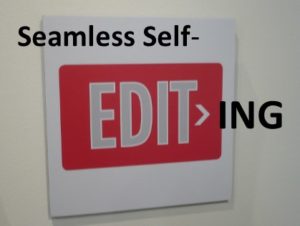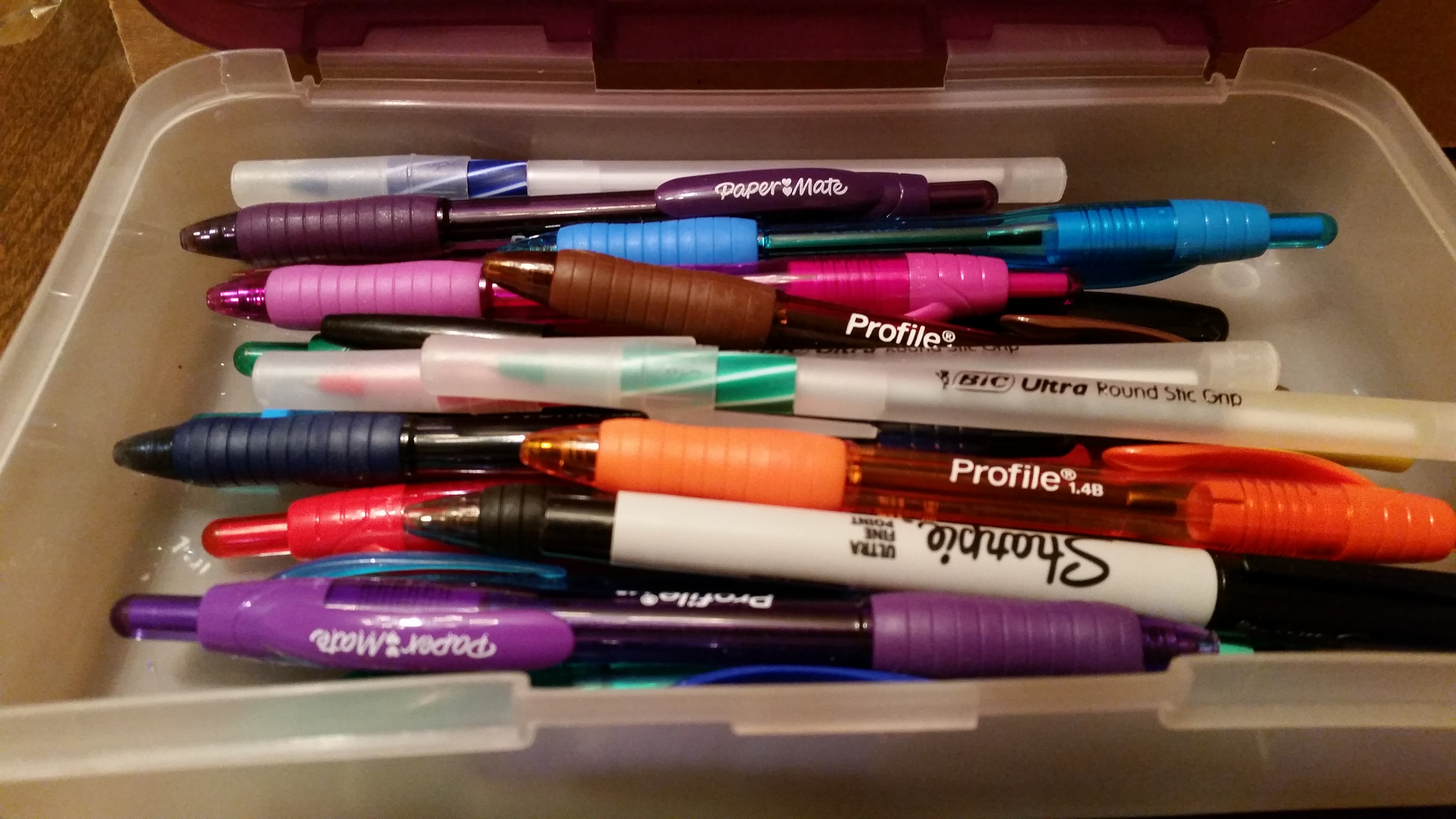 This time, we’re continuing our look at self-editing with tips from Self-Editing for Fiction Writers, by Browne and King. We’re going to look at Proportion and Dialogue Mechanics, two chapters from this resource. Because our space is limited, I’ll only summarize a few points from each chapter. Editing our work ourselves will improve our chances at becoming publish-ready. Click To Tweet #amwriting #self-editing
This time, we’re continuing our look at self-editing with tips from Self-Editing for Fiction Writers, by Browne and King. We’re going to look at Proportion and Dialogue Mechanics, two chapters from this resource. Because our space is limited, I’ll only summarize a few points from each chapter. Editing our work ourselves will improve our chances at becoming publish-ready. Click To Tweet #amwriting #self-editing
Proportion
We don’t often think about this in regards to writing a manuscript, but incorporating it into our text is important. Proportion has to do with how much detail to include in our narrative and in our dialogue. The following is an example from the book.
The phone rang. Geraldine walked across the room and picked it up. “Hello,” she said.
Today, we’d write it as:
The phone rang.
“Hello,” Geraldine said.
Instead of putting in too many details, leave the rest to reader imagination. Another way proportion problems can occur is through the editing process. If we cut too much of one thing, we may emphasize more of something else. If that’s not the intent, pay attention, and keep it in proportion.
 Dialogue Mechanics
Dialogue Mechanics
Acquisition editors say the first thing they look at when reviewing a manuscript is the first scene with dialogue. “If the dialogue doesn’t work, the manuscript gets bounced. If it’s good, I start reading.” That shows us how important it is to get this right.
Dialogue is more than relaying speech. I’m a judge for a certain writing contest, and if I hadn’t been taught this by my writing classes, I would have made the same mistakes many beginning writers make. Who knows, I may still make them.
What I see is people writing the way they talk. I write in the historical genre, and it’s important for my characters not to sound like they live in the 21st century. I still have some work to do to perfect this on my manuscript, but simply speaking, and I’m guilty of this, is the repetitive use of words, either in dialogue or in narrative. It’s been pointed out to me time and again.
Here’s an example of something I just created.
“Did you know that Sally likes Mike?” Robin asked.
“Sally likes Mike? Really? No!” Courtney exclaimed.
“Really, yes!” Robin smirked.
Can you spot the things wrong here? The repetitive use of “Sally likes Mike” and “Really” are the glaringly obvious problems. But it’s how we talk. I blame it on active listening, in which we’re taught to repeat what we heard, to assure we heard correctly. Also, the use of exclamation marks is now being discouraged unless it’s like “Remember the Alamo!” or something like that.
Dialogue shouldn’t be written that way. Here’s how I’d fix it.
“Did you know that Sally likes Mike?” Robin asked.
“Really?” Courtney’s mouth hung open.
“Yes.” Robin curled up one side of her lip.
We need to give ourselves every chance to be considered by editors. Most publishers do not use extensive in-house editing these days. I think it’s a good thing. Writers are challenged to hone and improve their manuscript themselves before submission. Click To TweetThat will make better reading for all of us. #amwriting #self-editing



 We love helping your growing in your writing career.
We love helping your growing in your writing career.

1 Comment
I’m looking forward to getting my copy of this book. Amazon says it’s shipping today.
btw in case you thought no-one was paying attention, did you know that parts 2 and 3 are the same?